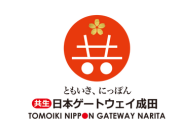‘We have to have confidence in our capacity for improving’Angelo Gaja is, without question, the most famous wine producer in Italy. Possibly one of the most famous in the world.
He is credited with developing techniques that revolutionised winemaking in Italy. After several trips to France in the 1960s, he took both Barbaresco and Barolo into new stylistic areas, despite opposition from his father, Giovanni. He used oak barriques to soften the Nebbiolo tannins and produce a richer, more concentrated wine. He introduced green harvesting, temperature-controlled fermentation, MLF, longer corks, grand cru prices, and French varieties to the Piedmont region.
He was also the first to release single-vineyard Barbarescos and led the region to international acclaim – at the same time helping to revitalise the reputation of Italian wine.
For six decades from his winery in the town of Barbaresco, Angelo has been crafting world-class examples of this celebrated Piemontese red, along with Barolo and several whites from the region, as well as distinguished examples of Brunello di Montalcino, Bolgheri and lately even from Etna in Sicily.
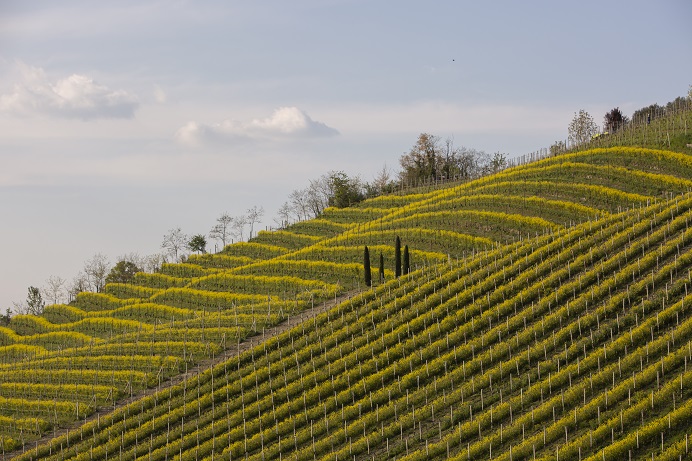
He seemingly has the magic touch with every wine he makes, but especially with his various examples of Barbaresco, ranging from the classic offering to single vineyard wines such as Sorì San Lorenzo (above) and Sorì Tilden. Many Barbaresco producers will tell you that he almost singlehandedly put Barbaresco on the world wine map and are grateful for his efforts promoting the wine and the land. “Angelo and his family did so much for this area; they will always have our respect,” remarks Riccardo Sobrino, winemaker at Cascina delle Rose.
Tom Hyland recently sat down with Angelo and his wife Lucia for dinner at Campanac, a beautiful restaurant less than a five-minute walk from the Gaja winery. The conversation ranged from his beginnings in Barbaresco to climate change and what he believes local producers must do to increase the quality and image of their wines. Angelo clearly enjoyed this evening with Tom; considering all his accomplishments over the past 60 years, Angelo has earned the right to relax (well, at least a little) and enjoy life.
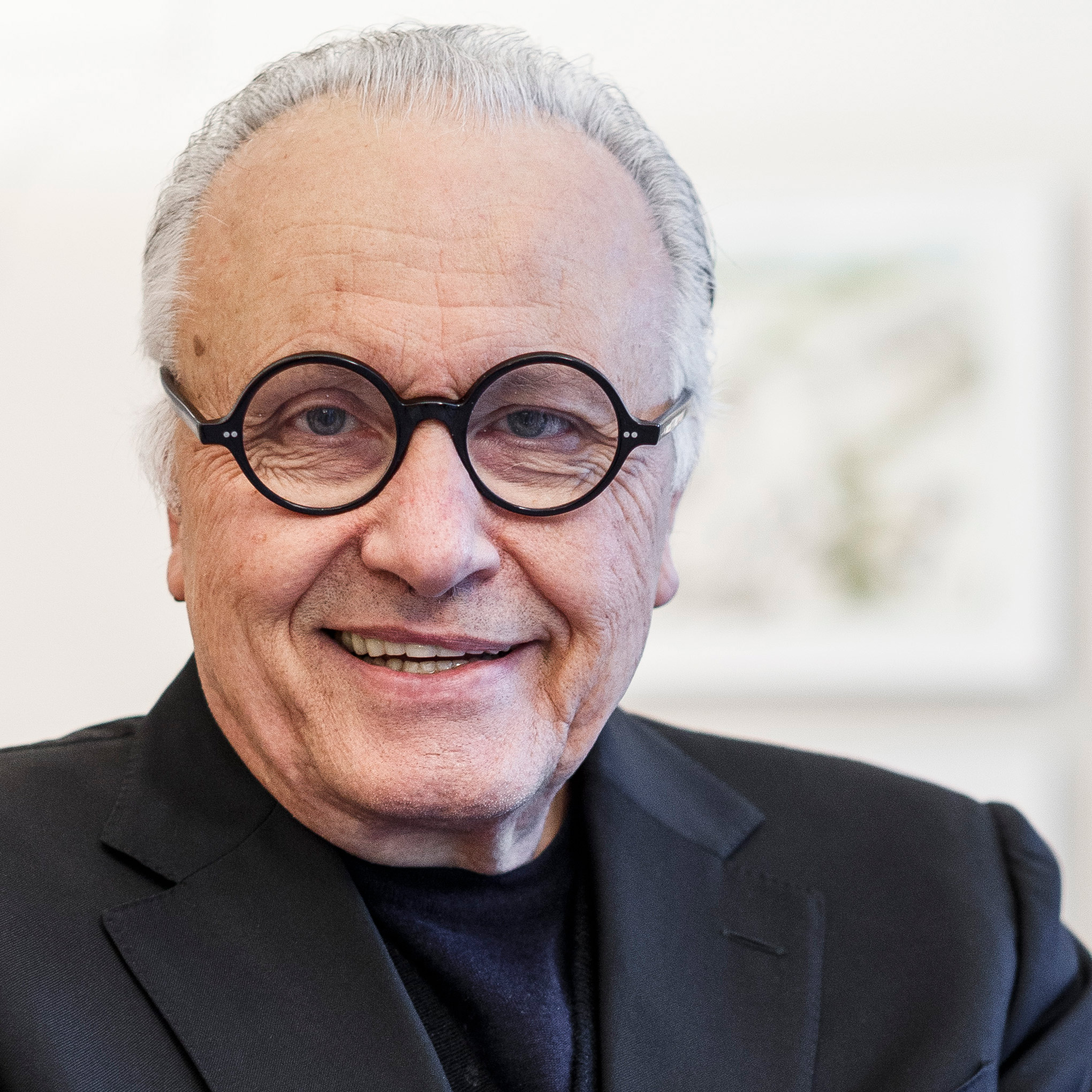
‘Now, because of the climate change, things are completely different’
The early years
Angelo Gaja: “I joined the winery in 1961. I remember the quality in 1961 was very high. In 1962, excellent too... But it was overshadowed by 1961. 1963 and 1964 were not so great like 1961 – but an incredibly large crop. I remember in 1964, we went on harvesting grapes all the way until the 15th of November – it was incredible.“In 1965, ’66, ’67, ’68, ’69, ’70, ’71, so big variation. This in commercial terms was difficult for Piemontese wines to be accepted on the market. Why? Because consumers were very happy to taste the 1961 and ’62, and after arrived a poor vintage, you know. And waiting for another one that was average and then another poor one. So, there was not the consistency.
“Now, because of the climate change, things are completely different. I believe that our attitude in these 20 years has changed in producing Barbaresco.”
Climate change and elegance
Angelo: “I remember in the last century for us, but not only us, one month before harvest time, we were adjusting all the bunches to benefit from the light and sun as much as possible. Now we cover as much as possible. Now we don’t run the risk of having overripe grapes.“Now, because of the climate change, the alcohol for Barbaresco normally reaches 13.5, 14, even 14.5% sometimes, perfectly ripe. So, we don’t need more. I believe we can show to a greater degree the elegance of Barbaresco.
“Barolo sometimes now can reach 15% alcohol; Barolo has a greater concentration. I believe that Barbaresco can become one of the most classic Italian wines in terms of finesse. I believe that there are, even in Barolo now, looking at the 2018 vintage for example, more producers that are trying to realise the elegance.
'I believe that Barbaresco can become one of the most classic Italian wines in terms of finesse'“Everyone likes elegance, of course; everyone says they are looking for elegance, having less concentration and so on. I believe that nowadays in the last century for Barbaresco – I say this with great respect – there are still producers that try and make Barbaresco more powerful. But there are a larger number of producers that try and make Barbaresco that are more fine. I believe that Barbaresco has the opportunity of showing its beauty.”
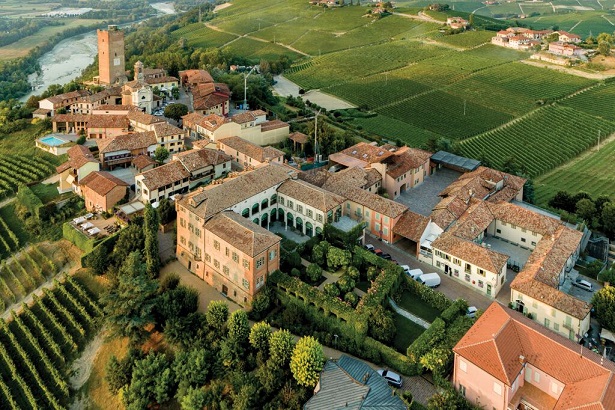
High scores and influence
Angelo: “[Robert] Parker had great influence. I don’t say that all the producers were following him, but a large number here and in Bordeaux were influenced. But Robert Parker is not there anymore, and now I believe the influence of the scores is less important, but in general – this is my idea, I don’t like to be offensive – but maybe wine writers in the United States are impressed by concentration; this is something they appreciate a lot.“This is exactly what we are not trying to do with Nebbiolo. There are not many red wines in Italy that have the features, the finesse of Nebbiolo; we’re always on the edge. We always have to find the right balance, not to be too concentrated, but not to be too delicate.”
Foreign investment in Italian wineries
Angelo: “A survey was taken in four important territories – Barolo, Barbaresco, Bolgheri and Montalcino – to try to understand the presence of people from abroad in these areas. 13% of our vineyards in Barbaresco and Barolo belong to foreigners. Foreigners – even people from Asti are considered foreigners!“In Bolgheri, the foreigners are 40%. In Montalcino, foreigners represent 60%. Despite that, Brunello di Montalcino has a big demand on the international market. So, this means we have nothing to fear from investors; people are coming.
“For them, it will probably not be easy to enter in Piedmont, in Barbaresco and Barolo for different reasons. But if we look to the success of Brunello di Montalcino, given even to the foreigners, they did very well.”
The battle between Barolo and Barbaresco
Angelo: “Because Barolo was born earlier and is a larger area than Barbaresco, there are many more producers available to go to market to promote their wines. Even I believe that the region, the authorities, try to push Barolo. So, I think that when people speak about the wines of Piedmont, they always say Barolo and then Barbaresco.“In a bicycle race, there is a champion, and after the champion come people that are helping him; one of these is called a gregario. Barbaresco for a long time was a gregario of Barolo. A metaphor in a bicycle race is that a gregario follows behind the champion. But now, today, I think that in a race, as Barolo sees the finish line, Barbaresco overtakes Barolo.
“This is the challenge, having great respect for Barolo, but today, Barbaresco is very conscious of what it is. I believe for all producers, and I believe that in the future, we will be considered two champions. They can compete together; it is the duty of Piedmont.”
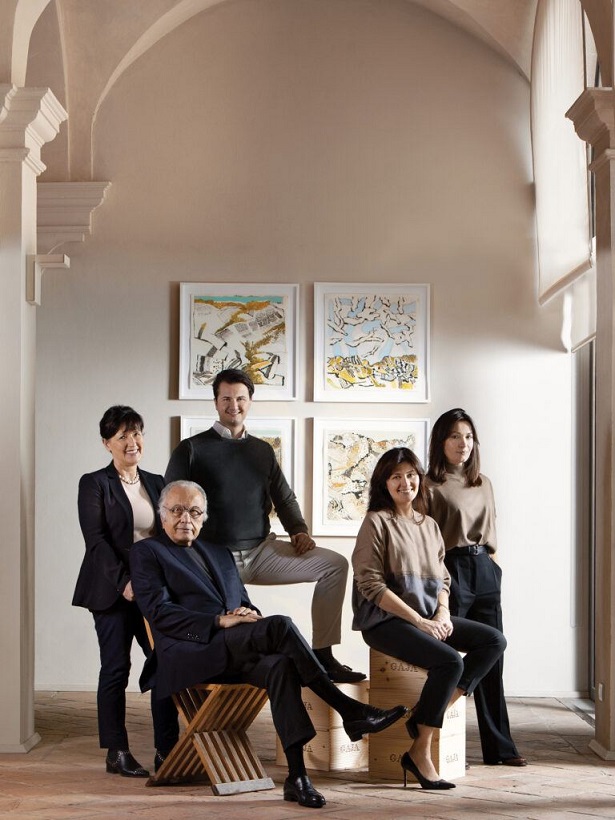
Bruno Giacosa and artisan producers
Angelo: “In the last century, the greatest producer in the area, and I believe in Italy, was Bruno Giacosa; he did fantastic work. He was a producer excelling in Barolo, in Barbaresco, in Arneis, in spumante – incredible.“I believe that he was a producer that was able to give a big help to Barbaresco wine. I also believe we are lucky because we have the cooperative of Produttori, which is considered the best cooperative in Italy.
“Behind us now, the number of small producers is growing, starting in Barolo more than here, so Altare and Sandrone in the Barolo area, and so on. This started in the late 1960s, and the beginning of the ’70s. I believe that Barbaresco has a smaller number of artisanal producers, but it is growing, and they are doing better and better.
“The daughter Bruna Giacosa is doing well. I appreciate the work she does, because it is not easy. She manages the company very well. This was a very different heritage, because the father was not used to talking – he was a silent man; it was very difficult to get words out of his mouth. But his success started at 16, when he left the oenological school in Alba and he started following his father who was a middleman between the growers and the wineries.
“He learned very quickly to do the same work as his father, but even more he liked to understand that by tasting the grapes, he could understand what the wine could be; with his work as a middleman, he was able to get the best grapes.”
‘Producers have to be able to adapt’
The road ahead
Angelo: “We need the small artisans that can grow and we are convinced they can grow more than what they are already doing. The producers have to be able to adapt, and adaptation is different from area to area; nobody has the trophy in their pocket. We have to be able to experiment, to try to understand how to protect; there is room for this. We have to have confidence in our capacity for improving.”Tom Hyland’s interview with Angelo Gaja was first published by our friends at Wine-Searcher. Here is a link to the original article.

 English
English French
French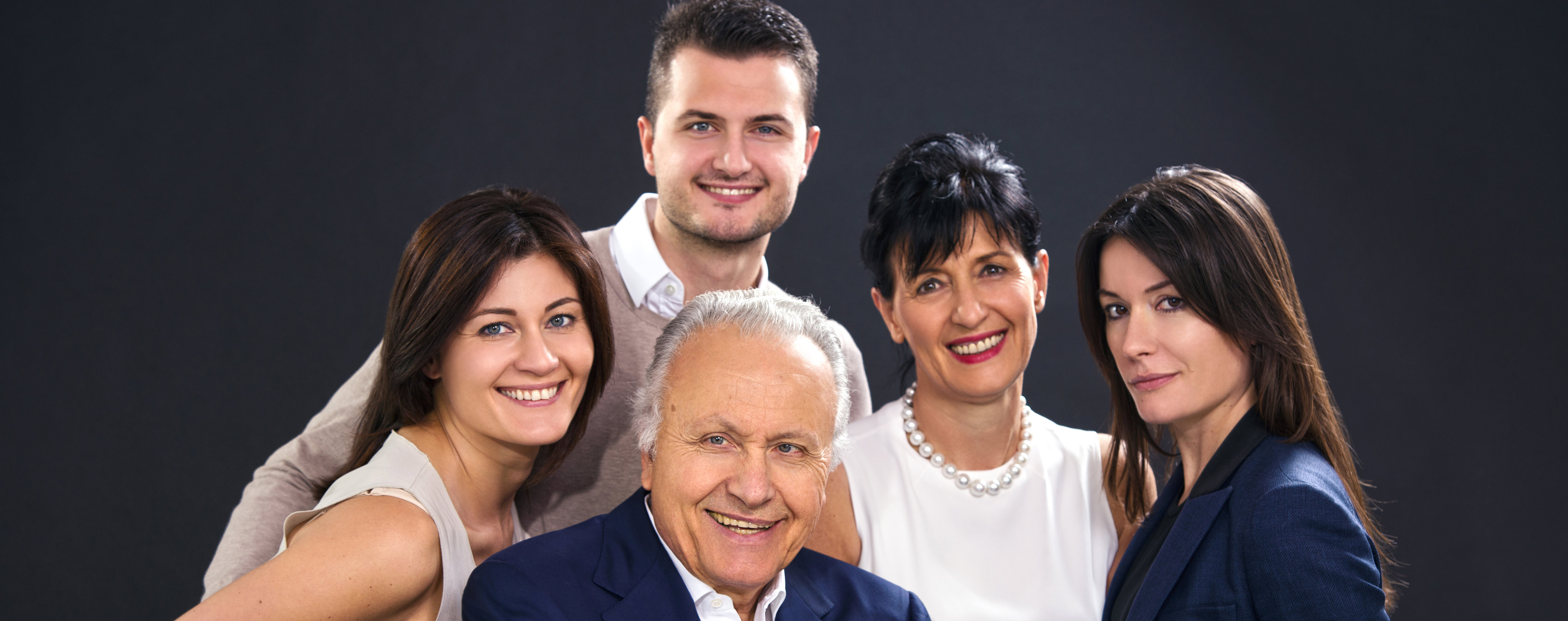
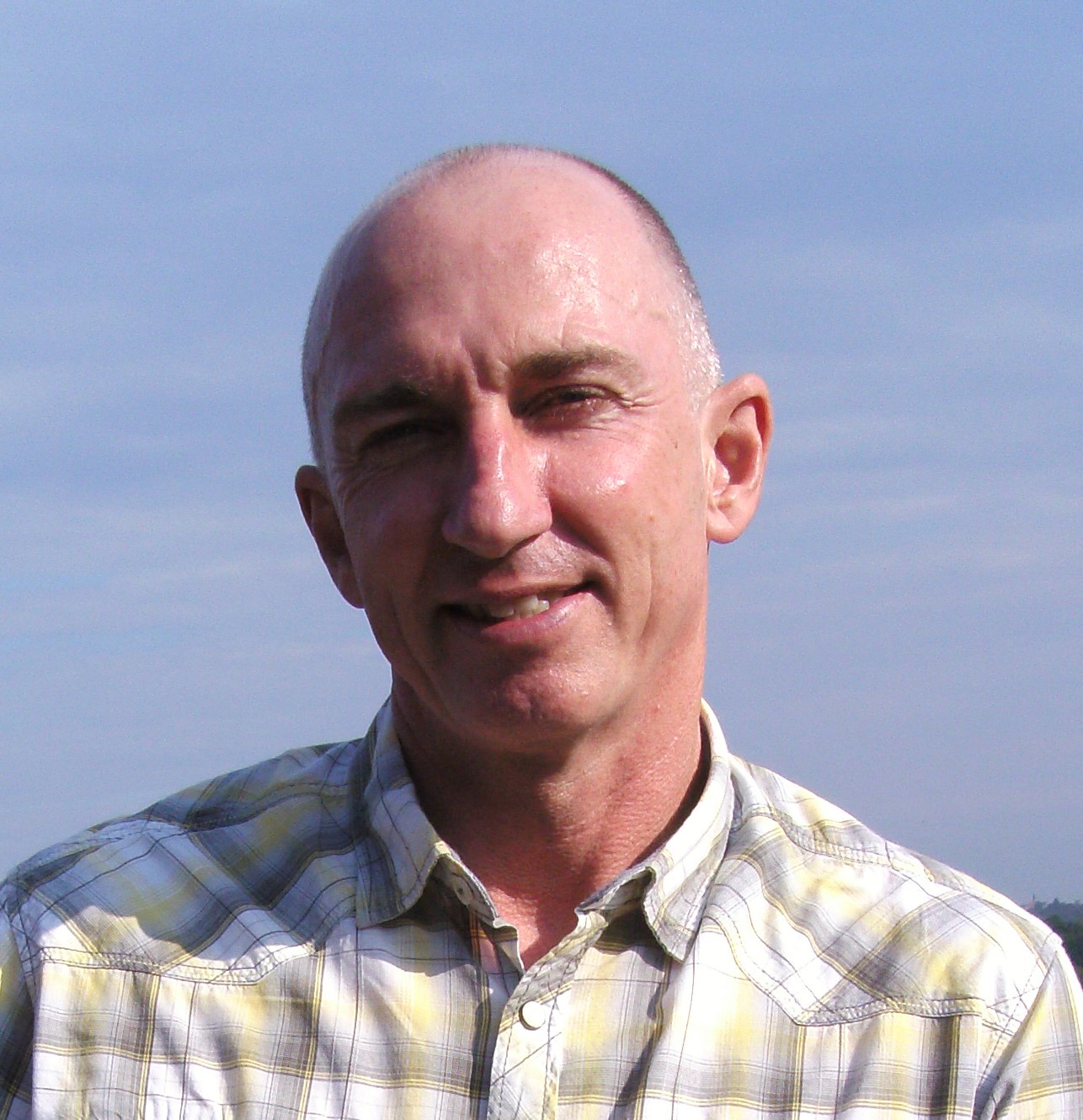
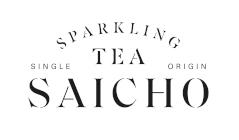




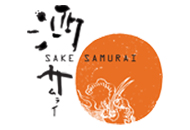
.png)
